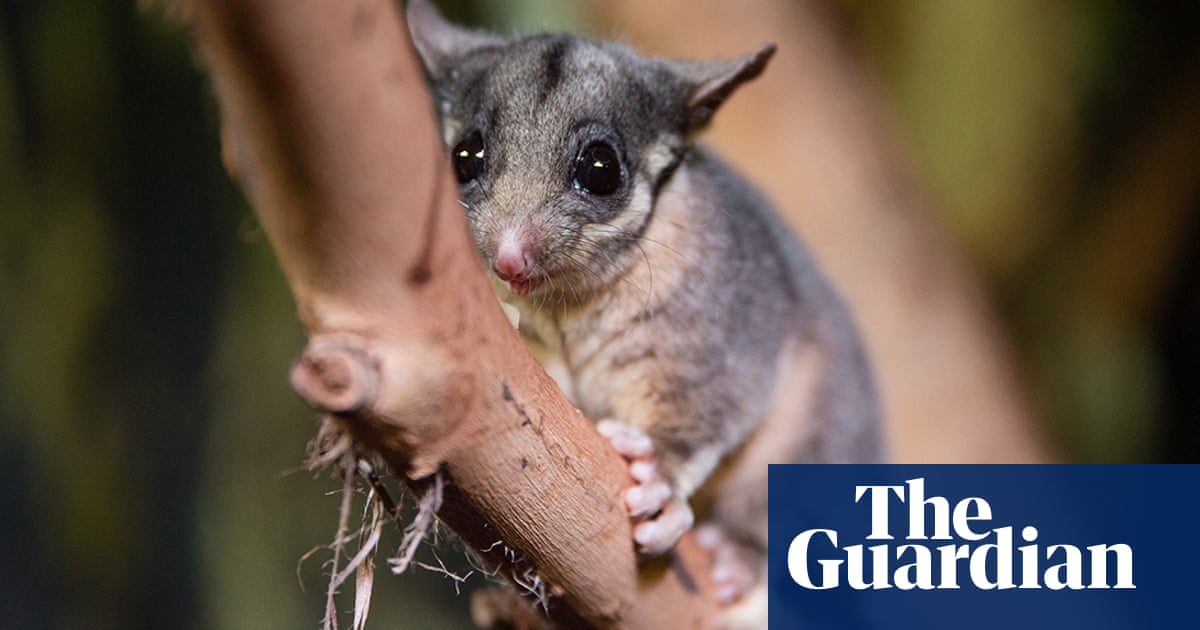A critically endangered possum species thought to be isolated to Victoria has been found in aNew South Walesalpine national park.
Previously thought to be extinct in the state, aleadbeater’s possumhas been found in Kosciuszko national park, at least 250km away from the nearest sighting in Victoria.
A trawl through millions of photos found seven images of the tiny creature over a 10-second span, with the Healesville Sanctuary and the Australian National University confirming the NSW environment department’s find.
Sign up for Guardian Australia’s breaking news email
The leadbeater’s possum, Victoria’s faunal emblem, has big eyes and a bushy tail. It relies on dense, damp areas in old-growth forest and nests in hollows that take more than 150 years to form.
Dr Fred Ford, a senior threatened species officer at the NSW Department of Climate Change, Energy, the Environment and Water, said it was “amazing to see that distinctive bushy tail waving among the rows of images on the screen”.
“It jumped right out at me,” he said. “This discovery highlights that you have to be out there looking at the world to find these rare species.
“You might not be specifically looking for what you find, but the more you look, particularly using modern techniques such as remote cameras and environmental DNA, the more chance you have to find them.”
NSW Environment Minister Penny Sharpe labelled the find “extraordinary”.
“For ecologists to spot a needle in a haystack of millions of images speaks to their commitment to the conservation cause and demonstrates that NSW government threatened species officers are doing some of the most incredible work,” she said.
“This special find in Kosciuszko National Park once again highlights why the government is taking action to remove invasive species to protect Australia’s only mainland alpine region, which spans the NSW and Victorian border.”
A recent survey foundthe national park’s brumby populationhad been drastically culled via aerial shooting, which Sharpe said was important in providing the right conditions for native species.
Ecologists will review past surveys of Kosciuszko to see if more of the critically endangered possums can be spotted, along with putting in new cameras to help look for them.
Leadbeater’s possums, known as “forest fairies” for their elusiveness, were thought to be extinct when they were rediscovered near Marysville in 1961.
Fewer than 40 of the lowland subspecies exist today in a tract of the Yellingbo Forest, east of Melbourne, after most of its habitat was lost to logging and development.
